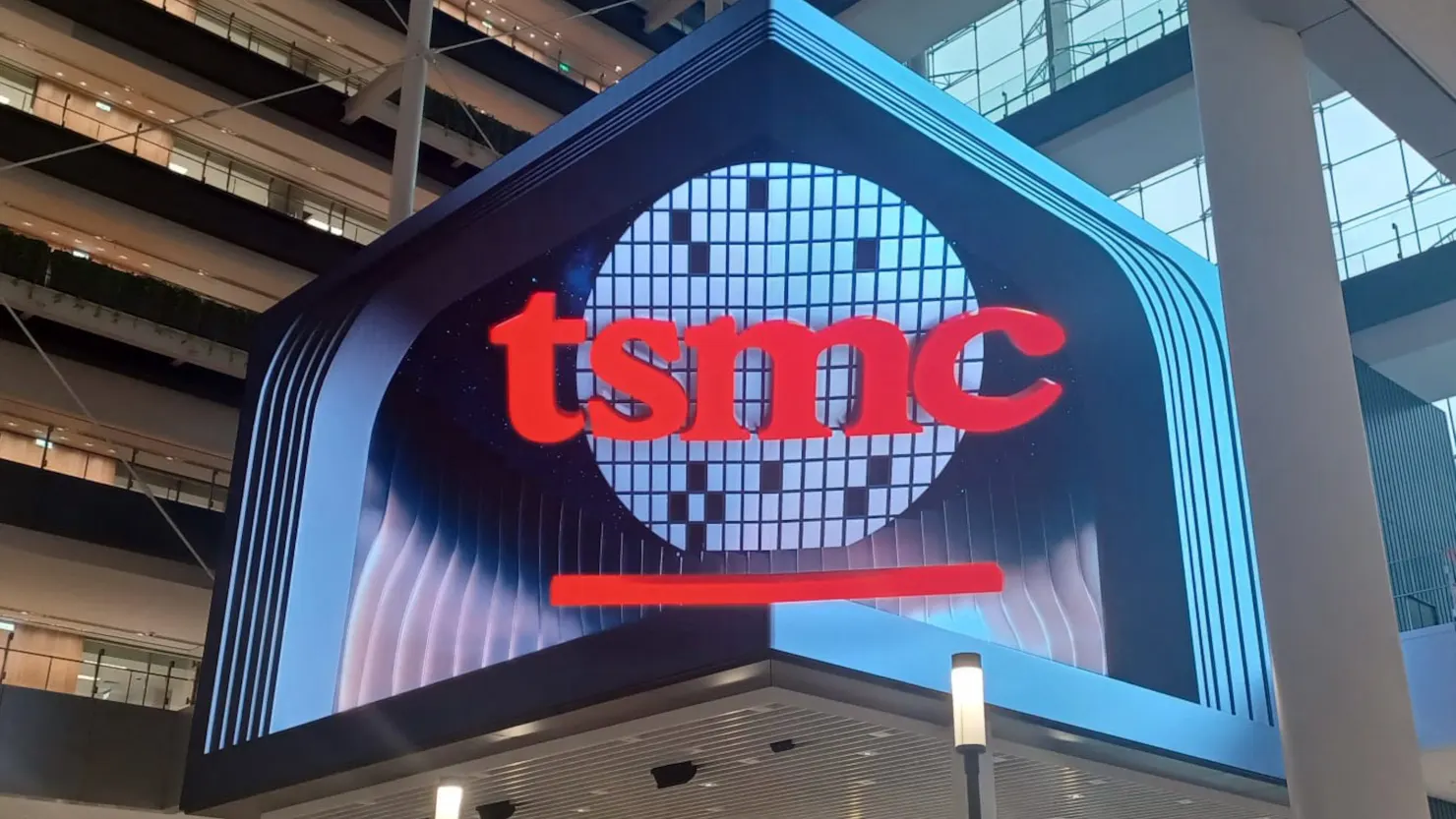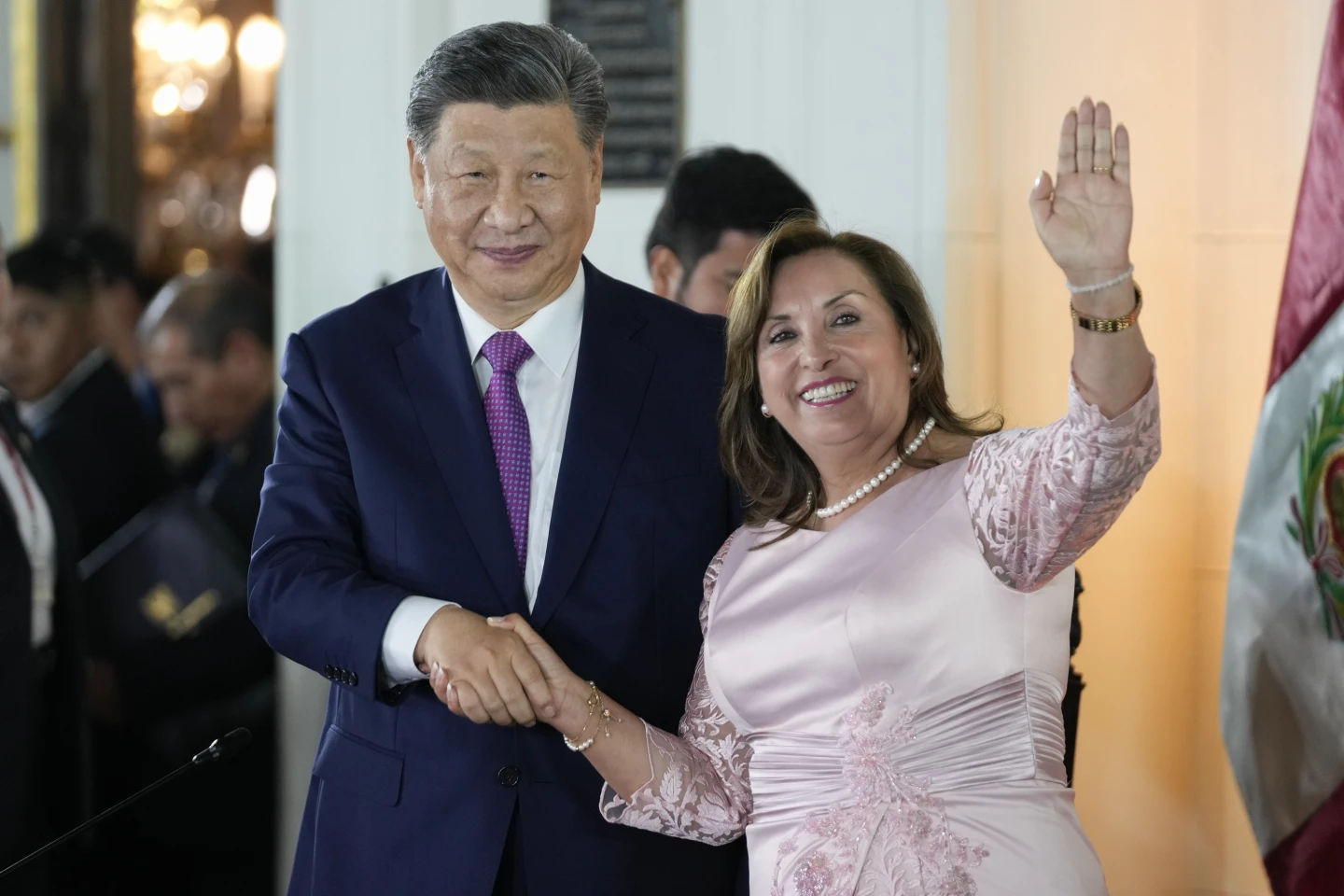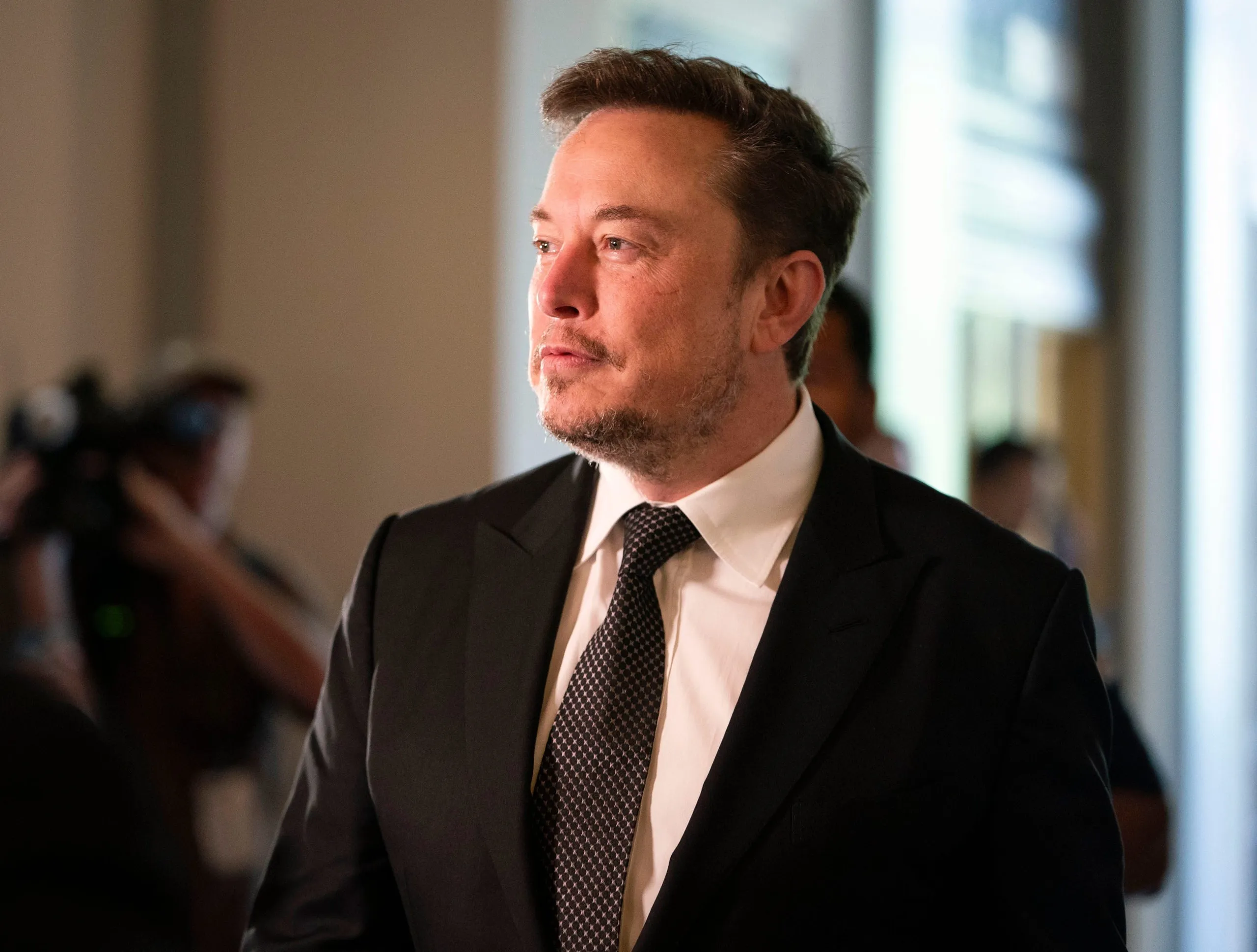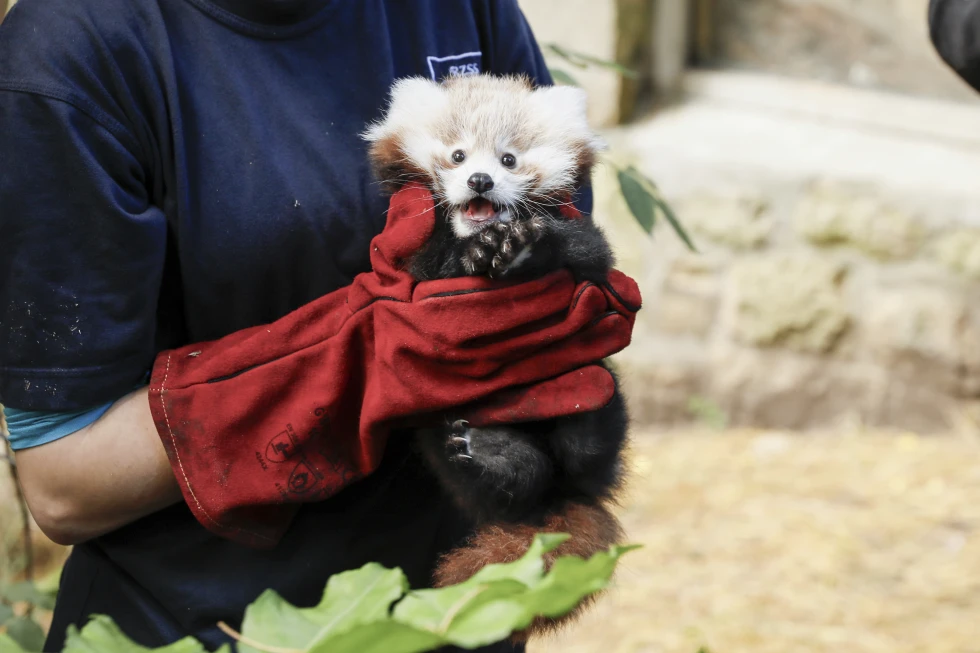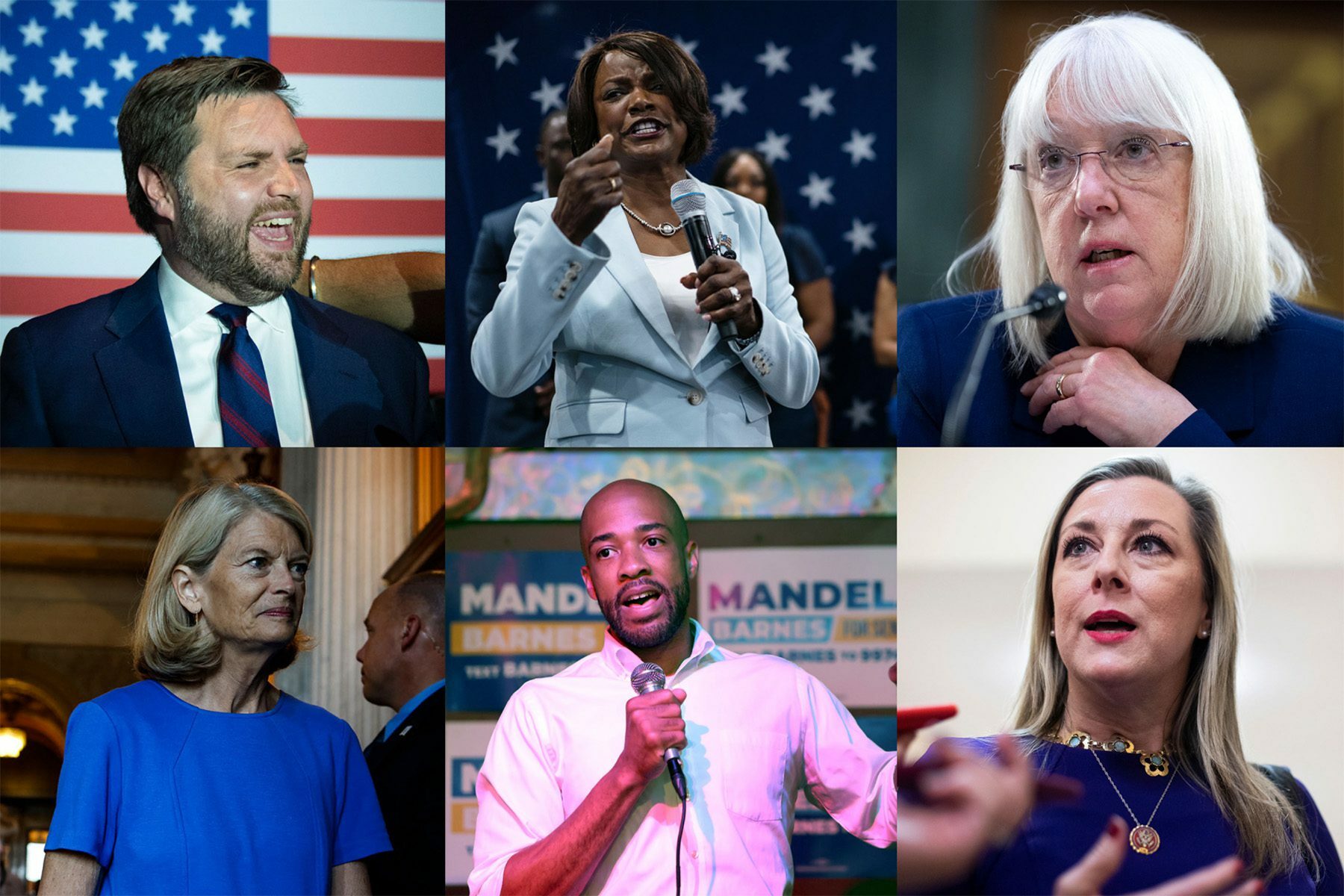OpenAI, a leading force in artificial intelligence (AI), is grappling with internal tension following the sudden resignation of Mira Murati, the company’s Chief Technology Officer, and two senior staff members, Fortune reports.
Murati’s departure, after six years at OpenAI, has raised concerns about the company’s future, particularly as it faces increasing pressure to release new AI models while navigating the complexities of safety testing.
In May, Murati led the live debut of OpenAI’s latest AI model, GPT-4o, showcasing its capabilities in voice interaction, translation, and coding. The launch, timed to overshadow rival Google’s AI announcements, was a public success. However, insiders reveal that the rollout was marred by internal struggles. OpenAI’s research and safety teams were reportedly under significant pressure, with some arguing that the GPT-4o and its successor, the o1 model, were released prematurely to meet commercial deadlines.
According to sources familiar with the matter, many OpenAI staff felt that o1 was not ready for release, but CEO Sam Altman pushed for its launch, aiming to reinforce the company’s leadership in AI. Murati, caught between the research and commercial teams, found herself in the middle of debates over the readiness and safety of the models.
Murati’s resignation, alongside Chief Research Officer Bob McGrew and Vice President of Research Barret Zoph, has sparked concerns about OpenAI’s stability. The departures follow a string of high-profile exits over the past six months, raising questions about the company’s evolving culture and priorities. While Altman assured employees that the departures were amicable, some insiders believe they point to deeper tensions within the organization.
OpenAI, which has rapidly expanded from a nonprofit research lab to a major player in the AI industry, is facing challenges as it balances safety concerns with the push for innovation. With its sights set on raising $7 billion in a new funding round, the company is under pressure to demonstrate its ability to continue developing advanced AI technologies without compromising safety or internal cohesion.
Murati’s spokesperson disputed claims that her decision to leave was related to burnout or management struggles, stating that she simply felt it was the right time to move on. Nonetheless, her exit highlights the growing friction within OpenAI as it navigates the fast-evolving and highly competitive AI landscape.

